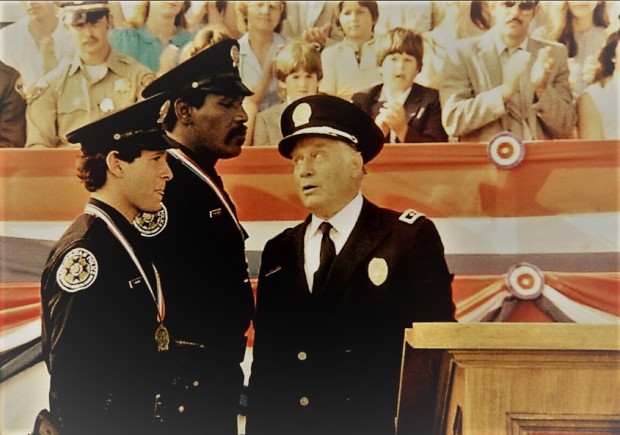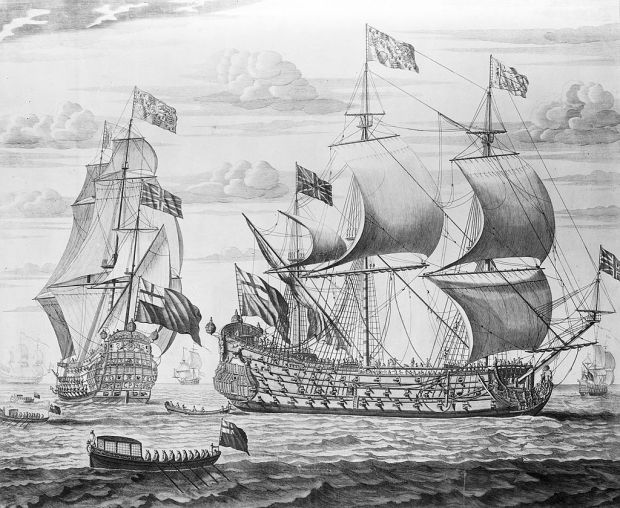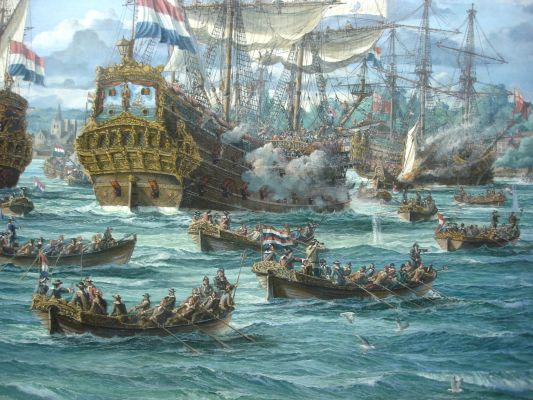
Who hasn’t seen Police Academy or any of the sequels? I reckon mots people have. But one of the actors in the movie had such an interesting life that his story would warrant a movie and would probably become a box office success.
George Gaynes who played the clueless Commandant Lassard was born George Jongejans May 3, 1917, in Helsinki, Finland which was then still, part of the Russian Empire , the son of Iya Grigorievna de Gay , a Russian artist, and Gerrit Jongejans, a Dutch businessman.
Tsar Nicholas II of Russia had abdicated the throne on March 15, two months prior to Gaynes’ birth, and the Empire was about go through some turbulent times, and was already at war.

The Jongejans familyy left the country, and George was primarily raised in France, England, and Switzerland.
George attended college in the vicinity of Lausanne, Switzerland and graduated in 1937. He then attended a music school in Milan, Italy for about a year.
In 1940, George Gaynes was living in France,when France was occupied by Nazi Germany. George attempted to flee France, by crossing the Pyrenees mountains into neutral Spain. He was arrested by the Spanish authorities for illegally crossing the border, but was soon released.
In 1943, George joined the Royal Netherlands Navy. With the Netherlands under German occupation, the headquarters of the Navy had moved to London, in the UK. George had no previous military experience, but he was noticed for multilingual skills. He was fluent in Dutch, English, French, Italian and Russian. He was soon detached to the (British) Royal Navy to serve as a translator.
During his naval service in World War II, George took part in the Allied invasion of Sicily, the Battle of Anzio in the Italian Campaign, and the Adriatic Campaign. The War ended in 1945 and George was honorably discharged in July, 1946. His highest military rank was that of a sergeant.
In 1946, George returned to France but an American theater director offered him a role in a Broadway musical and he moved to New York City later that year and became an American citizen in 1948.
In the early 1960s, George started appearing as a character actor in various television series. He was also offered a number of film roles. His career unexpectedly took off in the 1980s, with a major part in the television series Punky Brewster.
But his most famous role was that of Commandant Lassard in the Police Academy franchise.

He died at his home in North Bend, Washington, on February 15, 2016, at the age of 98.

Donation
I am passionate about my site and I know you all like reading my blogs. I have been doing this at no cost and will continue to do so. All I ask is for a voluntary donation of $2, however if you are not in a position to do so I can fully understand, maybe next time then. Thank you. To donate click on the credit/debit card icon of the card you will use. If you want to donate more then $2 just add a higher number in the box left from the PayPal link. Many thanks.
$2.00
Sources
IMDB





















You must be logged in to post a comment.